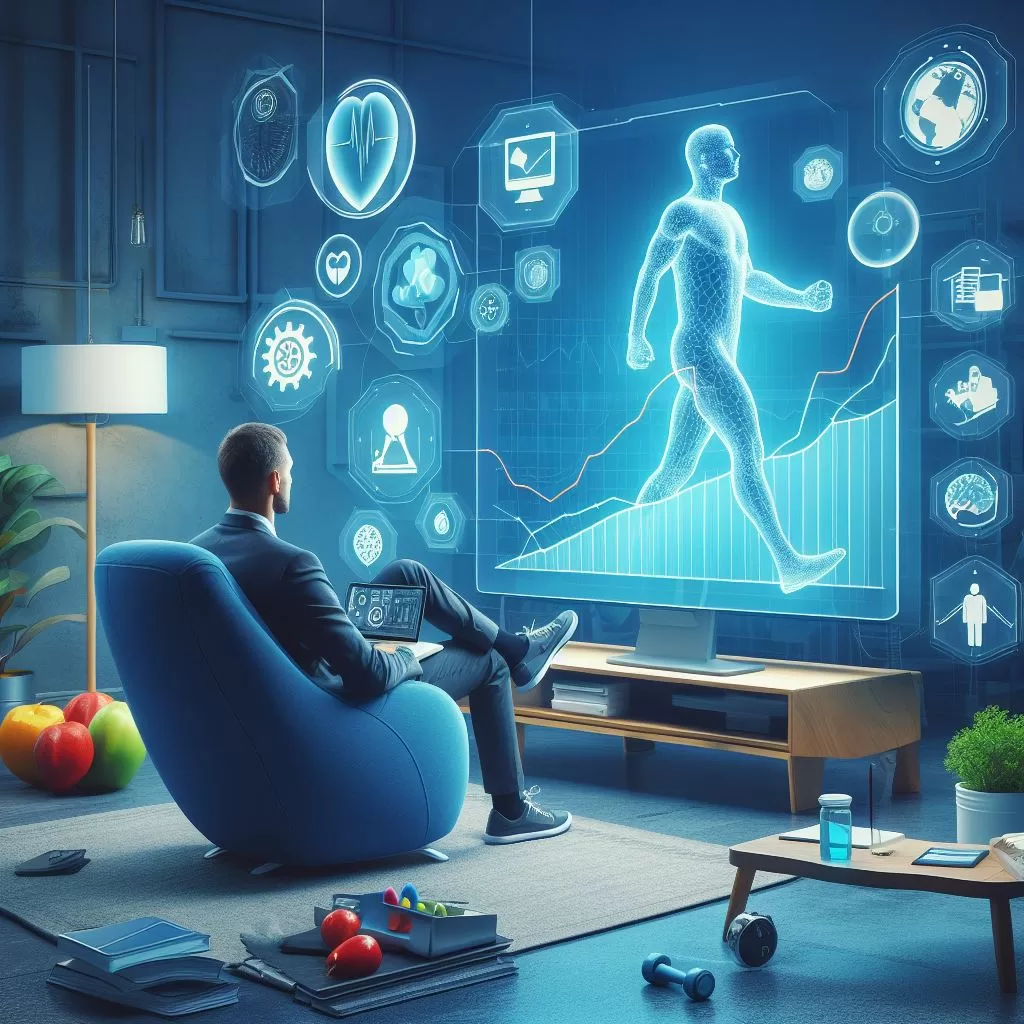Modern lifestyles, characterized by long hours in front of computer screens and excessive sedentary time, are causing growing concern about their impact on health. Although regular exercise is essential, it alone is not enough to counteract the negative effects of a sedentary lifestyle.
I. The impact of sedentary time on health:
The impact of sedentary time on health has been widely studied and documented in various research studies.
Among these, an article on the PubMed website (National Center for Biotechnology Information, U.S. National Library of Medicine) describes a systematic review and meta-analysis examining the association between sedentary time and diabetes, cardiovascular disease, as well as all-cause and cardiovascular mortality. This study used databases such as Medline, Embase, and the Cochrane Library for its research.
Another study published on the BMC Public Health website evaluated epidemiological studies on the association between sedentary time and the risk of cardiovascular disease (CVD). Of particular note is the speed with which these studies have been published in recent years and the need to regularly review this knowledge. This study also noted that many previous and ongoing investigations have used screen time as an indicator of total sedentary time, which may moderate the association between sedentary time and CVD risks.
Additionally, a systematic review and meta-analysis entitled “Sitting time and risk of cardiovascular disease and diabetes” was conducted in a 2019 article in PubMed (American Journal of Preventive Medicine).
This study concluded that a high amount of sitting time per day is associated with an increased risk of cardiovascular disease and diabetes, independent of physical activity.
This research was documented in the American Journal of Preventive Medicine.
These studies clearly show that sitting time can increase the risk of diseases such as diabetes, heart disease, and stroke, even in people who are regularly physically active. This is due to the slowing of metabolism and the impact on the body’s ability to regulate blood sugar levels and break down fat when sitting for long periods.
II. Strategies to reduce sitting time:
Reducing sitting time, particularly in professional settings, is crucial to improving health and well-being. Below we describe some detailed strategies to achieve this:
1. Incorporate active breaks:
– Take small breaks every hour to get up and move.
– Opt for simple exercises such as stretching, light squats, or simply walking around your workstation.
– Use stairs instead of elevators to increase physical activity.
2. Adopt a standing desk:
– An adjustable desk that allows you to work while standing can reduce the risks associated with a sedentary lifestyle.
– Alternate between sitting and standing positions every hour to reduce muscle fatigue and increase blood circulation.
3. Organize Mobile Meetings:
– Plan meetings where participants can walk in an open space or even outside.
– These mobile meetings can stimulate creativity and collaboration while promoting physical activity.
4. Use reminder apps:
– Install apps on your smartphone or computer that remind you to take active breaks.
– These apps can also offer short, simple exercises for the office.
5. Incorporate light exercise:
– Incorporate yoga or Pilates routines during breaks, adapted to the office space.
– These types of activities can help relieve muscle tension and improve posture.
These strategies aim to reduce sitting time and incorporate more physical activity into everyday life, especially for those who work in an office environment. It’s important to remember that every little movement counts and can contribute to better overall health.
Conclusion:
As technology forces us to be more and more sedentary, it is crucial to understand the importance of getting regular exercise throughout the day. Small changes to our daily routines can have a significant impact on our long-term health. Applying these simple but effective strategies can help us maintain a healthy balance between our work lives and our physical health.

